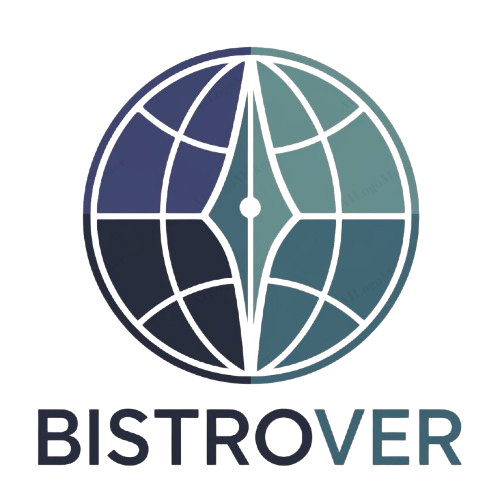How UX-Focused Web Design Can Improve Customer Engagement?
In the digital age, where attention spans are short, and competition is fierce, a business’s website must do more than just exist—it must engage. Modern web design is based on user experience (UX), which looks at how people interact with your site, how easy it is for them to find information, and how enjoyable the whole process is. A UX-focused web design can dramatically improve customer engagement, turning casual visitors into loyal users and brand advocates. Working with a reputable web design company in Denver can help ensure that your website is optimized for both user experience and customer engagement, providing a seamless and impactful journey for visitors.
What Is UX-Focused Web Design?
User experience design goes beyond visual appeal. It encompasses usability, accessibility, functionality, and emotional response. UX-focused web design aims to provide users with a seamless, intuitive, and meaningful experience from the moment they land on your site.
Whether it’s smooth navigation, fast load times, clear call-to-action buttons, or mobile responsiveness, every element of UX design is created with the user’s perspective in mind. People who enjoy their time on your site are more likely to stay longer, interact with your content, and come back again.
READ MORE : Classic Three-Stone Engagement Ring
First Impressions Matter
You only have a short time to make a first impression on a potential customer who visits your website. If the layout is confusing, the content is hard to read, or the design feels outdated, users may leave without engaging further. A UX-optimized website ensures that your homepage communicates trust, clarity, and professionalism instantly.
Clear visual hierarchy, concise messaging, and easy-to-locate navigation menus all contribute to building trust and capturing user interest. If you make a good first impression, you might turn someone into a customer instead of making them bounce.
Simplified Navigation Boosts Interaction
User-friendly navigation is one of the most critical aspects of UX design. Visitors should be able to find what they need with minimal effort. This means having a logical site structure, descriptive menu labels, and consistent placement of key features like contact forms, product categories, or service pages.
When users can move through your website effortlessly, they’re more likely to explore deeper, click on CTAs, and spend more time engaging with your brand. Poor navigation, on the other hand, creates friction that often leads to site abandonment.
Speed And Mobile Responsiveness
A beautiful site won’t matter if it takes too long to load. Page speed is both an SEO ranking factor and a vital component of UX. People expect websites to load quickly—any delay can cause you to lose their attention and possibly even customers.
Also, mobile optimization is now required because more and more people are accessing websites on their phones and tablets. A UX-focused design ensures your site looks and functions flawlessly on all devices, enhancing engagement across platforms.
Clear CTAS And User Flow
Guiding users through your site with a clear flow is essential to engagement. UX design is all about making it easy for people to do useful things on your site, like buy something, sign up for your newsletter, or get in touch with your team.
Effective call-to-action (CTA) buttons, strategically placed at points of interest, help users know exactly what to do next. By reducing guesswork and making interactions effortless, you encourage users to move from passive browsing to active participation.
Emotional Connection Through Design
UX-focused design also considers how users feel while navigating your site. Color schemes, typography, imagery, and tone all influence emotional response. A site that feels welcoming, trustworthy, and aligned with your brand values can foster a stronger emotional connection with visitors.
Engaging visuals and relatable messaging help users feel seen and understood—key factors in building long-term customer relationships.
Measurable Impact On Engagement
The results of a strong UX design can be measured. Metrics like reduced bounce rates, longer average session duration, increased page views, and higher conversion rates all point to better engagement. A well-designed UX doesn’t just look good—it performs well, supporting your business goals and enhancing customer satisfaction.
Conclusion
UX-focused web design isn’t just about aesthetics—it’s about creating an experience that resonates with users. By putting an emphasis on speed, clarity, intuitive navigation, and emotional connection, businesses can get customers much more involved and stand out in the crowded digital world. Putting money into UX isn’t just a design choice; it’s a way to keep growing and keep users coming back.







